Best of the Best in 2023
By the Gwangju News Staff
To wrap up the year, members of the intrepid editing division of the Gwangju News, comprised of David Shaffer, William Urbanski, and Isaiah Winters, share their favorite articles of the year.
David’s Picks
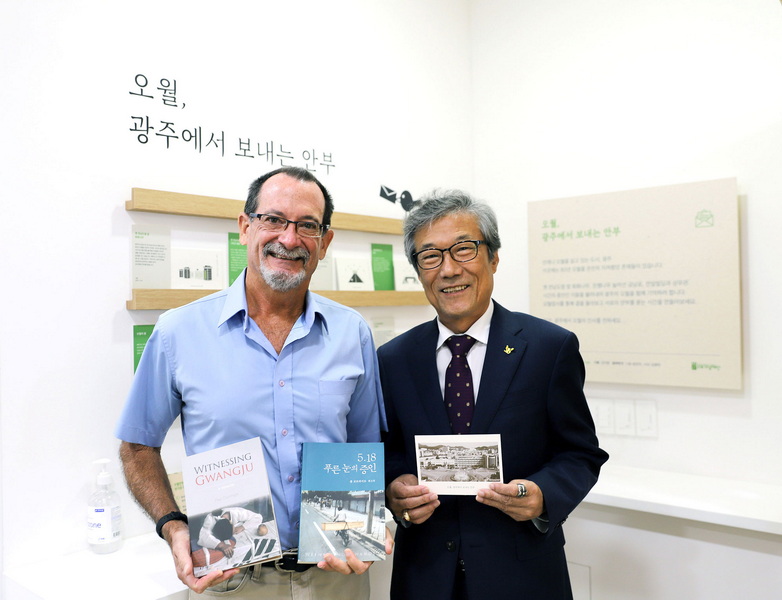
May 18 Foundation: Bringing the Truth of May 18 to Light
(May, Gwangju News Staff)
I selected this interview article because its topic is close to my heart; I was living very near the central downtown area of Gwangju at the time of the Gwangju Uprising. For too long, government administrations and political parties have denied and concealed the uprising’s causes and the atrocities inflicted upon the people of Gwangju. The May 18 Foundation and its chairperson, Mr. Won Sun-seok, are to be commended for their tireless work to uncover and document the truth about the Gwangju Uprising and make it widely know both domestically and internationally.
–

What? Release the Fukushima Nuclear Wastewater?!
(July, Chung Hyunhwa)
This environmental article was chosen because the proposal was so shocking and so irrational. The idea that Japan – a country that understands the devastating effects of radiation like no other – would hatch a plan to release 1.32 million tons of radioactive water into the ocean is just mind-boggling! That amounts to 120 tons daily for thirty years! Unbelievable, and dangerous – to the environment, marine life, and the human life that this radioactive nuclear wastewater will eventually touch. Writer Chung Hyunhwa is to be commended for her relentless efforts to improve the environment of Planet Earth.
–
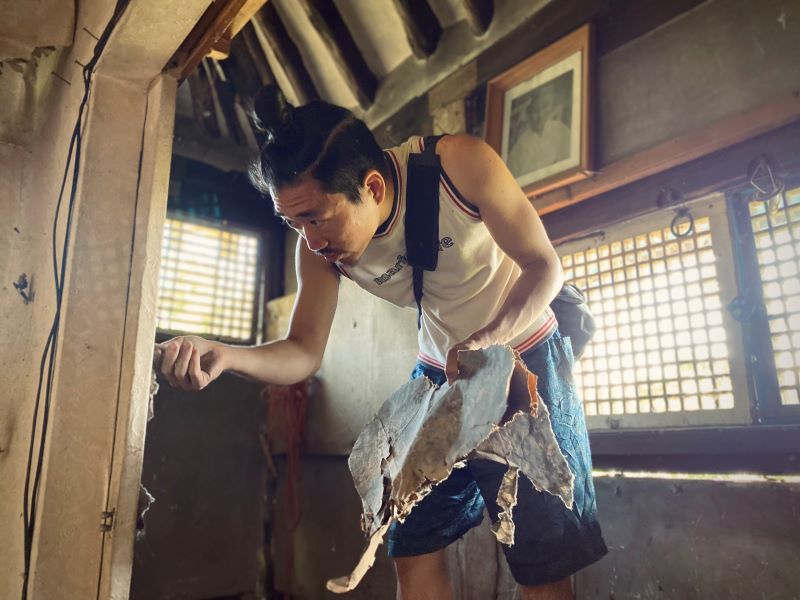
Hanok restorer Kang Dong-su.
Peeling Through the Past
(July, Isaiah Winters)
The history buff in me selected this article as one of my favorites. This single article about one old, collapsing hanok house contained so many artifacts to pique the reader’s interest. Some parts of the structure dated back to Korea’s colonial period, others may have dated back to the Joseon era, and still others to turn-of-the-20th-century Christian missionary influence. The kitchen contained a wooden panel from an American petroleum company, and the walls contained layer upon layer of wallpaper, each revealing older designs and Chinese character-filled newspapers. Intriguing! Writer Isaiah Winters is to be applauded for his investigatory work in this and other articles in his column.
–
William’s Picks
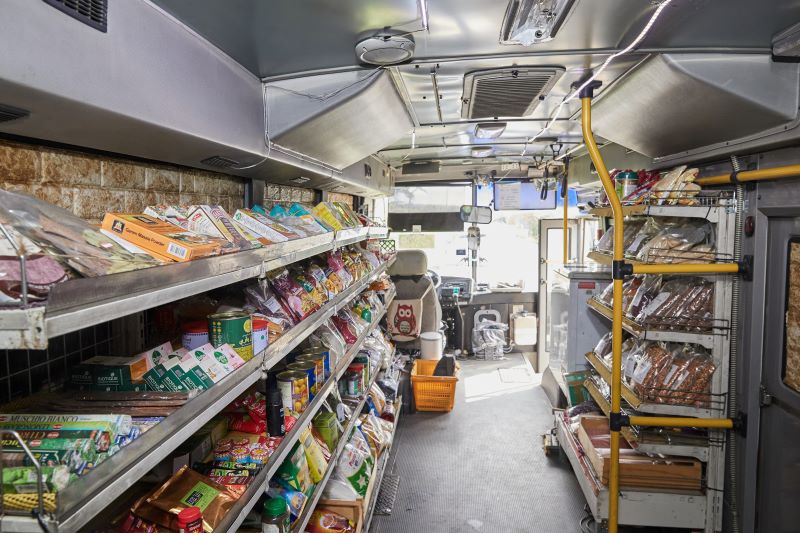
Bus Mart: Gwangju’s Expat-Friendly Market on Wheels
(August, Neha Bisht)
Bus Mart is a mobile food store that carries specialty products and caters to the foreign community in Gwangju. It carries food items from Southeast Asia (and other places) that are generally difficult to procure in the city. In addition, it drives to universities and other areas so that members of the foreign community can purchase these items easily and at a reasonable cost. To me, this article represents everything the Gwangju News should be doing: informing people about a useful and little-known service and highlighting an innovative business model.
–
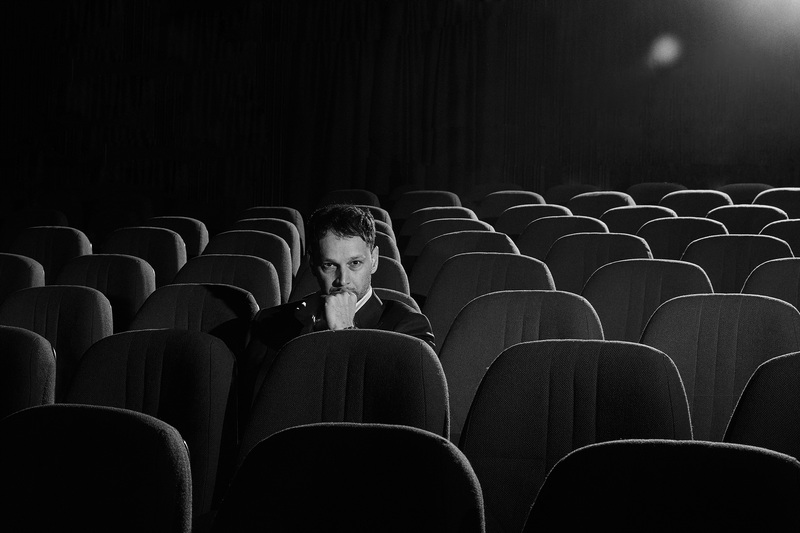
City of Lights, Camera, Action: Filmmaker Atilla Korosi in Gwangju
(February, Jana Milosavljevic)
This article highlighted the filmmaking exploits of Attila Korosi, an American who has been working in Korea and who also created a full-length feature film called Live and Die in East L.A., which is a pretty intense movie. This interview resonates with me for a couple of reasons. First of all, Korosi’s backstory, which involved growing up in a war zone and attaining an athletic scholarship in order to study in the United States, is nothing short of inspirational. This piece also makes me think about the interesting people who are in Gwangju, but who you would normally never cross paths with. Finally, his story is a reminder that if you have a dream or a goal, you cannot take “no” for an answer.
–

Alan and Me
(All episodes, Yun Hyoju)
Alan and Me tells the story of Hyoju and her Irish husband Alan. It is a lighthearted and funny comic with unique and enjoyable illustrations. While I enjoy the individual episodes – they are very relatable – I also feel that the comic adds a lot of variety to the magazine while highlighting a local artist. In addition to these attributes, and from an editing standpoint, I think having a series like this adds a sense of continuity to the magazine, melding our regular articles into an overarching narrative.
–
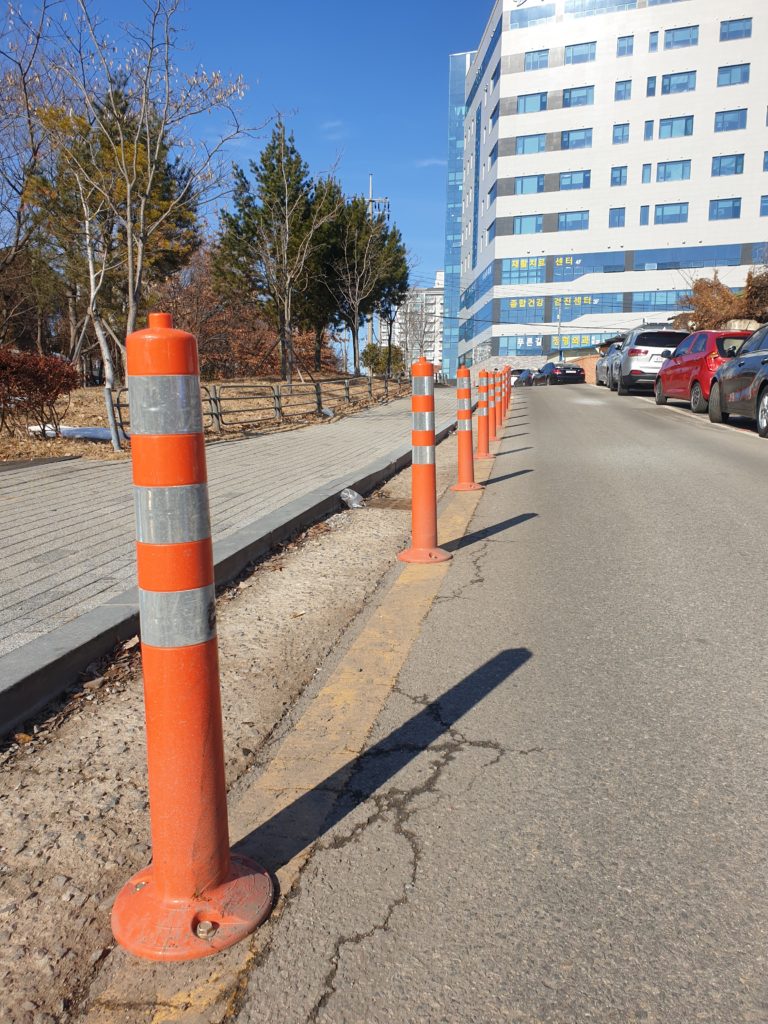
***Bonus***
Orange Parking Cones: The Heroes Gwangju Needs but Does Not Deserve
(February, William Urbanski)
Yeah, yeah, I know it is in poor taste to nominate my own article, but stick with me for a moment. A few years ago, an article I wrote about driving habits received quite a bit of negative blowback on Facebook, particularly from the Western-foreigner-community-social-justice-warrior brigade. Apparently, they held the sentiment that because I am not Korean, I am not allowed (or should not) express my opinions about the generally dangerous way people in Gwangju tend to drive and park their automobiles. To me, this article, which is a kind of follow-up to my previous pieces about driving and parking in Gwangju, symbolizes that I will not go quietly into the night. I will not shut up, and I certainly will not let a bunch of holier-than-thou members of the foreign community tell me what to do and say.
–
Isaiah’s Picks

Cry of the Tiger: Gwangju Welcomes Hosooni Following Years of Neglect
(April, Gwangju News Staff)
This article on the abandoned tiger Hosooni stands out among this year’s features for being both national and local, heartrending and heartwarming, and incredibly niche all at the same time. What’s more, the article even ticks the urban exploring box, something I’m particularly fond of. To see the full-grown Bengal tiger transition from three years of solitude in the shuttered Tongdo Fantasia Amusement Park in Yangsan to Family Land’s bustling Uchi Park Zoo here in Gwangju is nothing short of a massive win for those with a conscience. Ultimately, it’s one of those feel-good stories that really sticks with me.
–

Chatting About and Chatting With ChatGPT: Evaluating a Chatbot as a Language Learning Tool
(April, David Shaffer)
As a recovering Luddite who’s prone to relapses, I often need a firm kick in the right direction when it comes to adopting new technology. Our editor-in-chief’s article on what ChatGPT is, how it can be used in the classroom, and how it sometimes sucks was the abrupt reorienting I desperately needed. When in the same month as it was published students asked me if I could make a lesson on how to use ChatGPT to improve their English, I found myself returning to this article frequently for ideas. The online lesson I developed began with a simple “Chat, tell us a dad joke” warm-up, followed by the prompt, “Now Chat, give us a list of irregular verbs, and we’ll make present perfect sentences for you to check.” Later, I had my students engage ChatGPT in a game of story-writing ping pong, where they went back and forth with Chat writing a story one sentence at a time. They loved the experience but also realized in the process that this powerful AI tool still falls short of omniscience. As many Gwangju News readers are English teachers, I thought this article was extremely timely and informative.
–

(The Alleyway) A Somewhat Biased Review
(June, William Urbanski)
When I first arrived in Gwangju back in 2010, The First Alleyway was in its earliest iteration in the narrow alley across from Zara. I’d head there on Saturdays after Korean classes at the GIC to fatten my paunch and pound my liver into submission, after which I’d go on vertiginous shopping sprees at the Underground Grocers for tortillas, cheese, Dr. Pepper, and sour cream – all of which were hard to come by back then. (I still don’t know where to find good-sized tubs of sour cream to this day.) After later expanding to the alley near Lotte Cinema, The First Alleyway became the closest thing I had to church, as I visited almost weekly to break bread with all the other sinners. Following its Last Supper in August 2021, I became lost. That’s why the June issue’s review of The Alleyway’s resurrection was so meaningful to me and, I suspect, so many other lost sheep.


